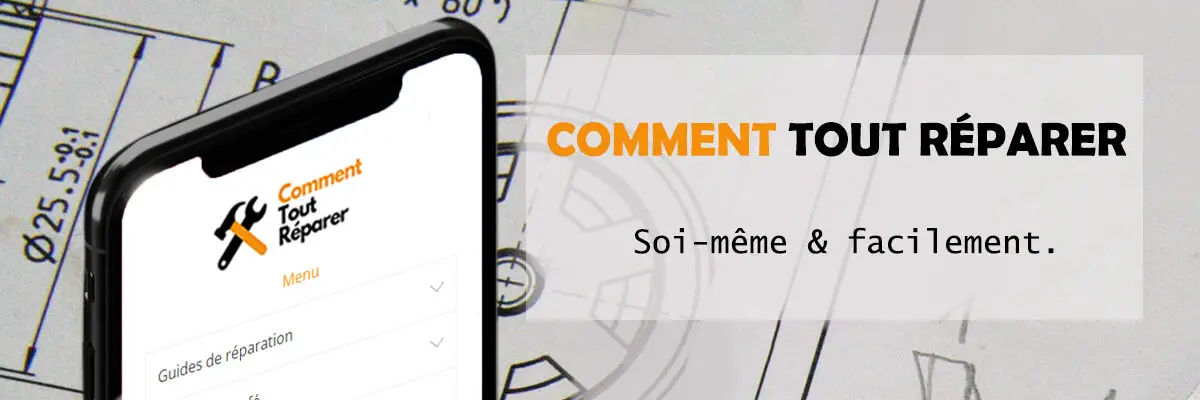Last update September 3rd, 2022
If you are concerned about hard water, you have probably heard of CO2 water softeners. Is this solution as effective as those using salts in removing limescale from your water circuits? We explain how a CO2 water softener works, its advantages and disadvantages to make an informed choice.
How the CO2 softener works
The CO2 water softener has the same purpose as thesalt softener: to fight against limescale. Like the salt softener, the CO2 model is installed after the water supply in your home.
As soon as the water reaches the valve, the device starts up and injects CO2 (which replaces the salt of conventional water softeners). Please note that the dose of CO2 needed to treat limescale is 10 times lower than that needed for soft drinks… Your water will therefore not come out of the tap sparkling!
The CO2 dissolves the limestone by transforming it into calcium bicarbonate.
The chemical reaction, guaranteed up to 95 C, is:
CaCO3 (limestone) + CO2 + H2O (water) Ca (HCO3)2 (calcium bicarbonate)
What is the interest? If limestone clings everywhere (on the heating elements, in the pipes, in the shower…), calcium bicarbonate is soluble in water. It dissolves and is evacuated with the flow. It does not stick to the walls.
The CO2 used must be of food quality: the treated water is drinkable and its taste is not altered. Moreover, the minerals (calcium and magnesium) are preserved. Some users say they feel a difference on their hair (silkier), and even on their skin (more supple, less tightness).
Advantages of the CO2 softener
Economic gains
TheCO2 water softener has a reduced cost of ownership:
- less consumables to buy than for a salt water softener: only the CO2 bottle needs to be refilled. The average consumption of CO2 is 10 kg for about 100 m of water, a family of 4 people changes its bottle once a year. You can find food-grade CO2 at Air Liquide, Westfalen (about 25 euros for 10 kg of CO2);
- unlike the salt one, it requires almost no maintenance;
- no need to clean the device with dozens of litres of water to make it functional as soon as it is overloaded like the salt model: it can make a difference on your water bill.
More environmentally friendly
No loaded water is thrown unnecessarily into the sewers as in the case of the salt water softener, you have no overconsumption, that’s less waste!
It does not alter the taste of your water, you continue to consume it normally, no need for mineral water bottles with additional plastic waste.
Disadvantages of the CO2 softener
A little more expensive to buy than the salt water softeners, it is worth calculating the savings based on your water consumption, taking into account:
- no unnecessary water discharges during operation
- fewer consumables
- no maintenance.

